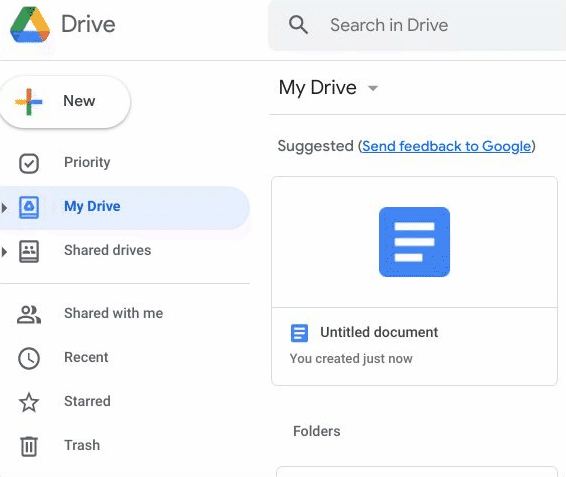7. If you’re one of the many people with way too many things in your Drive, then search chips are your friend. We introduced this feature in February of this year, and it helps you find what you’re looking for based on what kind of file it is, who else is working on it with you…the list goes on and on.
8. Keeping users and their Drive content safe is important, which is why we’ve introduced features like suspicious file warnings, labels for sensitive files and more secure ways to share to broad audiences.
9. In 2017, we introduced Backup and Sync to make it easy for folks to control how their photos and files were backed up to Google services — and then in 2021, Drive for desktop replaced Backup and Sync, which made it even easier to access files from any device, anywhere. (Not to mention it made file and photo management simpler and faster!)
10. Darren says one of his favorite Drive memories actually happened outside the office. “When my daughter was getting married, her wedding planner was sharing all these files and folders with us,” he says. “And of course, she did that with Drive!”
Happy 10 years, Google Drive! You’re an excellent home for our Docs, Sheets, Slides…and everything else.
